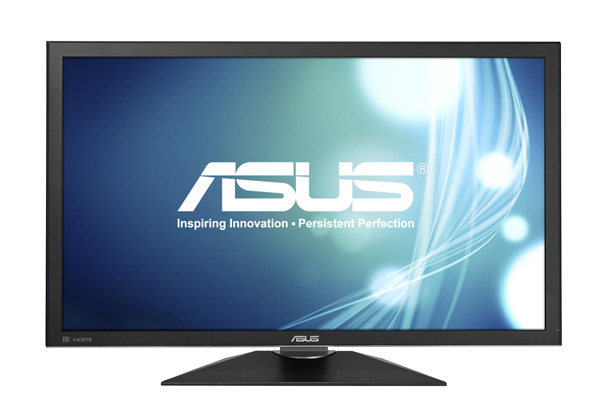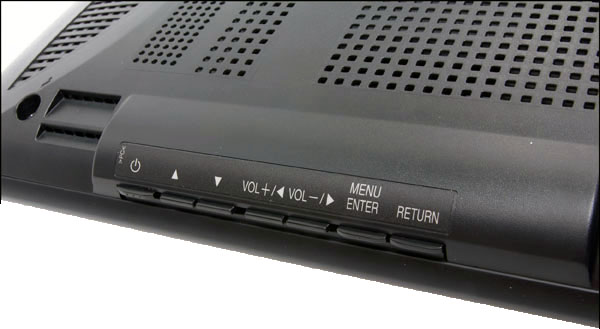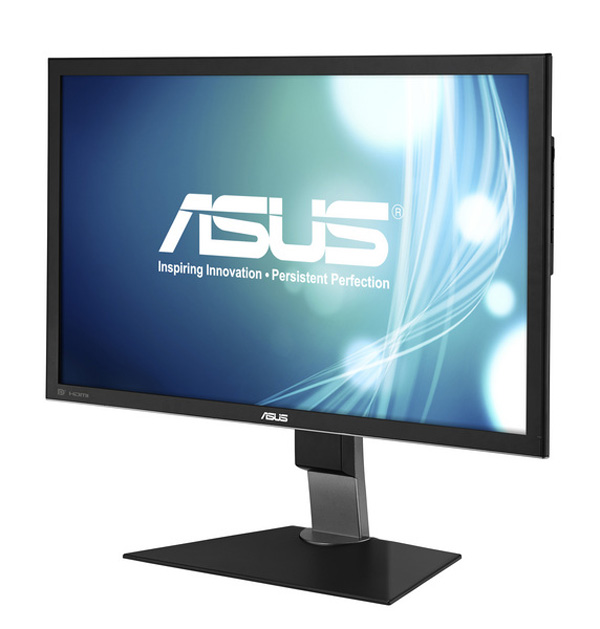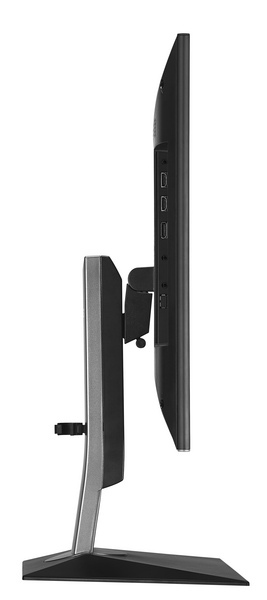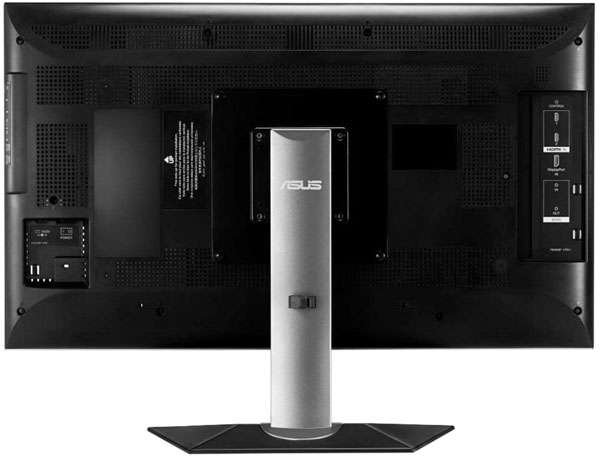Asus PQ321Q 4K Monitor Review: Top-Shelf Ultra HD For $3500
We recently got our hands on Asus’ highest-end Ultra HD-capable screen. The PQ321Q offers a native resolution of 3840x2160; and those 8.3 million pixels don’t come cheap. Our real-world and lab testing will tell you if this 4K display is worth $3500.
Asus PQ321Q Packaging, Physical Layout, And Accessories
The only clue that there's something special inside the PQ321Q’s box is its large size. Otherwise, Asus' packaging looks like pretty much every other monitor carton you’ll see on the shelf at your local computer store. It’s packaged securely in Styrofoam and well-protected from all but the worst shipping abuse.
Included in the box is a large power brick, a DisplayPort cable, a nine-pin-to-3.5 mm RS-232 adapter, cable ties, and a printed manual. The base is in two pieces and must be assembled and attached to the panel with nine screws; Asus provides the hex key you'll need. This is the first screen we’ve seen in a while that requires tools to set up.
Product 360
Looking at the monitor head-on, the screen takes on a minimalist appearance, with nothing to distract you from the image except a small Asus logo. The control keys are hidden around the upper-right edge. The bezel is 23 mm wide all around and made of a textured black plastic that feels solid and high in quality. The base and upright are made of the same material. Available ergonomic adjustments include 30 degrees of tilt, 90 degrees of swivel, and 150 mm of height. There is no rotation adjustment, but you can use the panel in portrait mode if you attach the upright appropriately or use a different mounting system. To that end, there’s a 200 mm VESA mount around back.
The control keys are clearly labeled, though that doesn’t do you much good since they aren't visible from the front. You’ll have to operate the buttons by feel alone. They do at least return a satisfying click when you press them. There are small raised portions on the power and menu keys, which would logically help you keep your bearing. But even after working with the PQ321Q for a while, we found ourselves pressing the wrong key fairly often. If Asus could get a little pop-up guide in the screen, that'd be a big improvement.
The 150 mm height range is quite generous. Sliding the monitor up and down is tricky though, since the movement is a bit sticky and the panel is very heavy. Perhaps it'd loosen up over time. Asus includes ties and clips to help you clean up cable clutter.
At less than one-and-a-half inches thick, the PQ321Q is a relatively slim panel. You can see a small cable tie protruding from the back of the upright.
The rear of the display is all about function. There’s plenty of ventilation and the two input panels are clearly labeled. The left one is for the power cord and includes an on/off switch. The right panel contains the two HDMI ports and the DisplayPort input. Below that there are two 3.5 mm audio jacks, one for input and one for headphones. Finally, there is a USB port hidden by a plastic plug, which is for firmware updates and service only.
Get Tom's Hardware's best news and in-depth reviews, straight to your inbox.
Integrated speakers are fed by the 3.5 mm audio input. They sound bright and small like the majority of drivers built into monitors. A dedicated sound system connected to your PC's audio subsystem is always a better choice. The final input is a 3.5 mm RS-232 control port. The required adapter is included and there is a full list of command codes in the manual. Every function in the OSD can be addressed via serial interface.
Current page: Asus PQ321Q Packaging, Physical Layout, And Accessories
Prev Page Asus PQ321Q: The 31.5” IGZO 4K Monitor Review Next Page OSD Setup And Calibration Of The Asus PQ321Q
Christian Eberle is a Contributing Editor for Tom's Hardware US. He's a veteran reviewer of A/V equipment, specializing in monitors. Christian began his obsession with tech when he built his first PC in 1991, a 286 running DOS 3.0 at a blazing 12MHz. In 2006, he undertook training from the Imaging Science Foundation in video calibration and testing and thus started a passion for precise imaging that persists to this day. He is also a professional musician with a degree from the New England Conservatory as a classical bassoonist which he used to good effect as a performer with the West Point Army Band from 1987 to 2013. He enjoys watching movies and listening to high-end audio in his custom-built home theater and can be seen riding trails near his home on a race-ready ICE VTX recumbent trike. Christian enjoys the endless summer in Florida where he lives with his wife and Chihuahua and plays with orchestras around the state.
-
cynic77 "We’re sure it’s only a matter of time before an Ultra HD panel becomes available in wide-gamut form."That time is now. The Dell 24" UP2414Q and 32" UP3214Q are Ultra HD monitors that cover 100% sRGB and 99% AdobeRBG. This Asus you've reviewed has already been outclassed.Reply -
cynic77 "We’re sure it’s only a matter of time before an Ultra HD panel becomes available in wide-gamut form."That time is now. The Dell 24" UP2414Q and 32" UP3214Q are Ultra HD monitors that cover 100% sRGB and 99% AdobeRBG. This Asus you've reviewed has already been outclassed.Reply -
cats_Paw Dat Price...Good thing is you need a crazy GPU to use that resolution anyway so by the time the 4k Monitors and tvs drop down in price we might have gpus that manage them in the upper midrange of the GPU segment.Reply -
Shneiky In the last chapter of the article, last paragraph:" crop of TN-based panels were announced at CES for sub-$1000 prices, and as those become available to test, you can be we'll review them. "Shouldn't that "be" be "bet"?Reply -
lockhrt999 If they are putting that much resolution on this screen then why not make it 3D too (polarized)? I think it's perfectly doable and won't exceed budget.I'm talking from professional point of view. I bored of using anaglyph 3D for content creation.Reply -
panzerknacker For me this is just a gimmick that can't be taken seriously. The way they had to logically divide the screen in 2 because there are no scalars yet simply screams 'niche product that you pay way too much for only to be the first person on earth using it'. Also for gaming this screen is completely useless to me with a input lag of 80ms, you take this to a LAN party and get crapped upon by those using a $100 tn panel. In the end I think this screen is a step in the right direction but for me personally they could rather revert to producing crt's again.Reply -
zodiacfml Good job but too pricey. The backlight used is for cheap TN screens. There still is no single port/cable in the market. The cutting edge is too inconvenient.Reply
